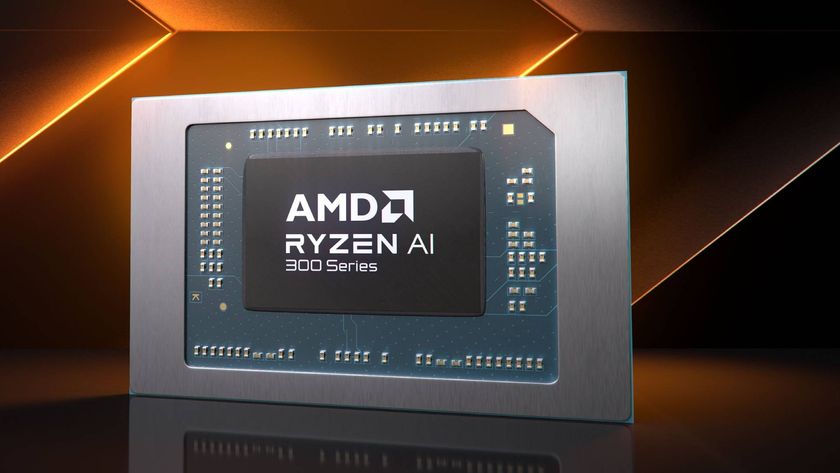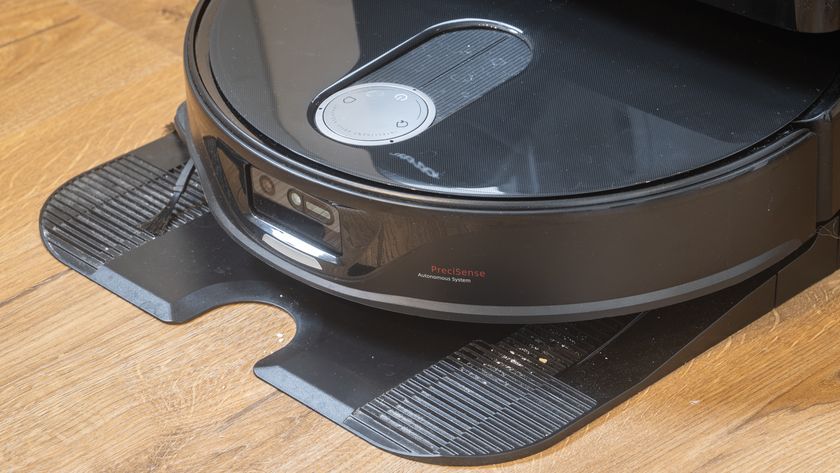Sure, AMD is doing amazingly right now – but don’t count out Intel just yet
Team Blue still has some tricks up its sleeve

AMD has had one hell of a 2019 so far – at least when it comes to its processor business – with great reviews and stellar sales that have seen it gobble up more market share than it has done in over a decade.
While it’s undoubtedly been thrilling to see AMD claw its way back out of obscurity and become a real force to be reckoned with in the CPU industry again, it feels like a few too many of us have been overly hasty in writing off Intel.
Sure, AMD’s been on a hot streak right now, and you’d be crazy if you didn’t think that has caused some rather worried discussions over at Intel, but you’d also be equally loopy if you thought that Intel’s vast dominance over the CPU market would be under any serious threat… for now.
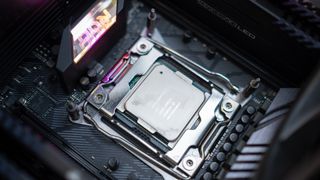
Under the spotlight
What AMD’s recent successes has done is put every move Intel makes under the spotlight, leading people to question everything it does – and wonder whether or not it is in response to AMD’s resurgence.
Take Intel’s recent price cuts for its Cascade Lake-X processors, and its budget Core i5-9400F CPU. Now, this could be framed as Intel getting spooked by AMD, and cutting its prices in response. Considering the new threat AMD now poses, that’s a theory that’s not without merit – but of course it doesn’t tell the whole story.
First of all, making drastic price cuts to your products is not something a company – especially one as successful as Intel – does on a whim. This can take months of planning – if not longer – while taking into consideration all kinds of impacts the price cut will have. I’m not just talking about the impact to profits either – cutting prices on products can alter the perception customers have of them. Make a once premium product too cheap, and it can lose a lot of appeal – especially if it’s then competing against products from competing companies who have much more experience and success at producing budget products… like AMD.
So, while it’s tempting to picture Intel cutting prices all over the place in a bid to halt AMD’s rise, it’s unlikely that’s what’s happening.
Get daily insight, inspiration and deals in your inbox
Sign up for breaking news, reviews, opinion, top tech deals, and more.
A more generous reading of the situation – for Intel, at least – is that the company has finally decided to make its products more affordable – the perceived Intel premium, which leads to its products being more expensive than the competition, has often been criticized by customers. Cutting prices could also lead to bigger sales – after all, getting your products into the hands (and PC cases) of more people is always a good thing.
Releasing more wallet-friendly devices could also be a nice PR win for Intel – though at the moment AMD seems to be stealing all the limelight.
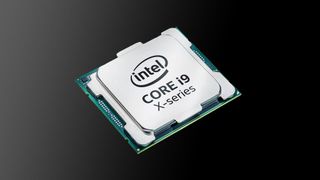
Tricks of the trade
It’s also worth remembering that while AMD is certainly doing well with its new processors, Intel isn’t resting on its laurels – something the company has certainly been guilty of in the past. Instead, the company has some innovative and exciting new tech coming out.
One of the best side effects of AMD’s recent successes seems to be Intel no longer taking its market lead for granted. Now, this could me doing exactly what I was cautioning against only a few paragraphs earlier – reading anti-AMD motives in Intel’s behaviour when none exist – but it certainly feels like Intel is coming up with some of its most exciting products in years. From consumer processors with huge core counts, to upcoming CPUs that look like they could be beasts when it comes to overclocking, there’s some great stuff coming out of Intel’s corner.
Of course, there’s also the fact that it’s coming out with its own Intel Xe graphics card to compete with AMD and Nvidia – and we should be seeing it by mid-2020.
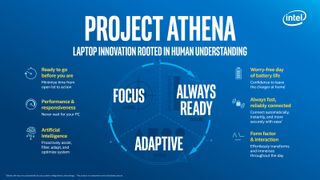
Athena? Nice!
There’s also one area that Intel’s dominance remains unchallenged: laptop processors. Again, we have seen an increase in AMD-toting laptops recently – and Microsoft releasing a Surface Laptop 3 with an AMD variant was a huge coup for the company – but Intel easily remains king in this regard – not just in sheer number of products available, but in performance as well.
And, while news of Microsoft no longer using Intel hardware exclusively in its Surface devices got a lot of people excited, it’s worth remembering that Microsoft is still releasing Surface devices with Intel CPUs. Those are the versions that will likely sell the most and (this is me making a slightly controversial prediction before our full review of the products are finalised) will perform better as well.
We’ve also had time with a number of upcoming Project Athena laptops. These are devices from some of the largest manufacturers in the world who have worked closely with Intel to produce laptops that are incredibly powerful, and yet also offer hugely improved battery lives and always-on connectivity. From what I’ve seen of these laptops already, they could be real game changers.
Intel has also made huge strides in improving the integrated graphics of its processors. I met up with Intel last week for its Open House event at the Science Museum in London, UK (an absolutely brilliant choice of venue, by the way), and got to see first hand some very thin and light laptops running games at impressive visual quality and at high frame rates – all using the integrated graphics of Intel’s 10th generation Core processors. Again, this is seriously impressive – and exciting – innovations from Intel, and something I don’t see AMD matching any time soon.
So, yes, AMD is doing amazingly well, and that is great to see. No one likes a monopoly. But don’t count out Intel just yet – the company has a lot of tricks up its sleeve to keep us consumers on its side – and in the end, that’s great news for us.
- Best processors 2019: the best CPUs for your PC

Matt is TechRadar's Managing Editor for Core Tech, looking after computing and mobile technology. Having written for a number of publications such as PC Plus, PC Format, T3 and Linux Format, there's no aspect of technology that Matt isn't passionate about, especially computing and PC gaming. He’s personally reviewed and used most of the laptops in our best laptops guide - and since joining TechRadar in 2014, he's reviewed over 250 laptops and computing accessories personally.

